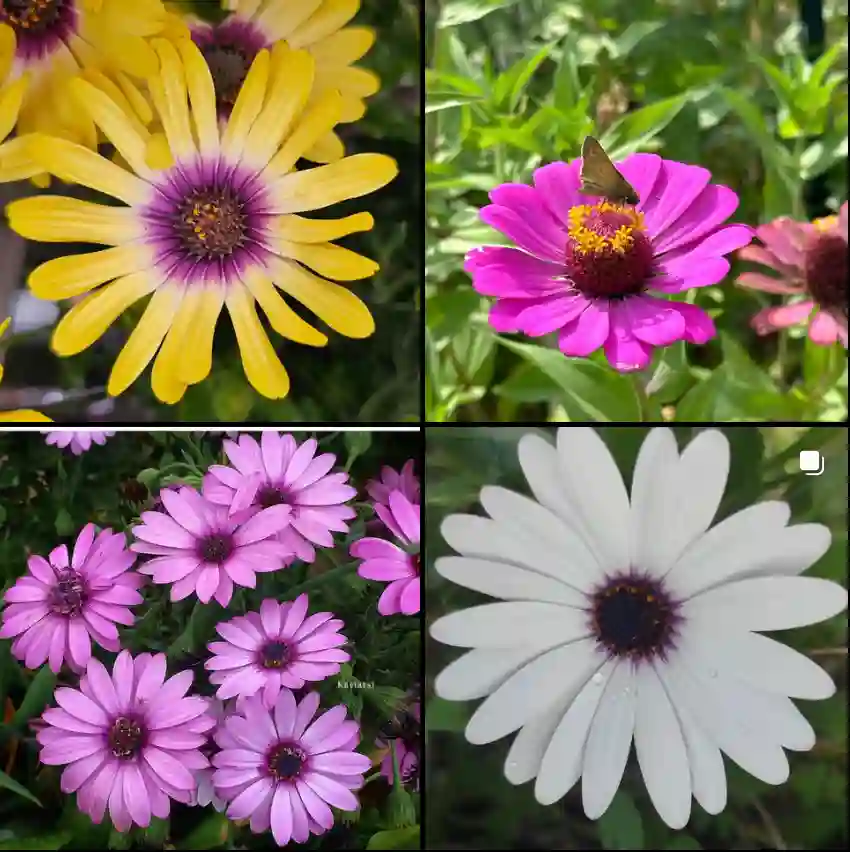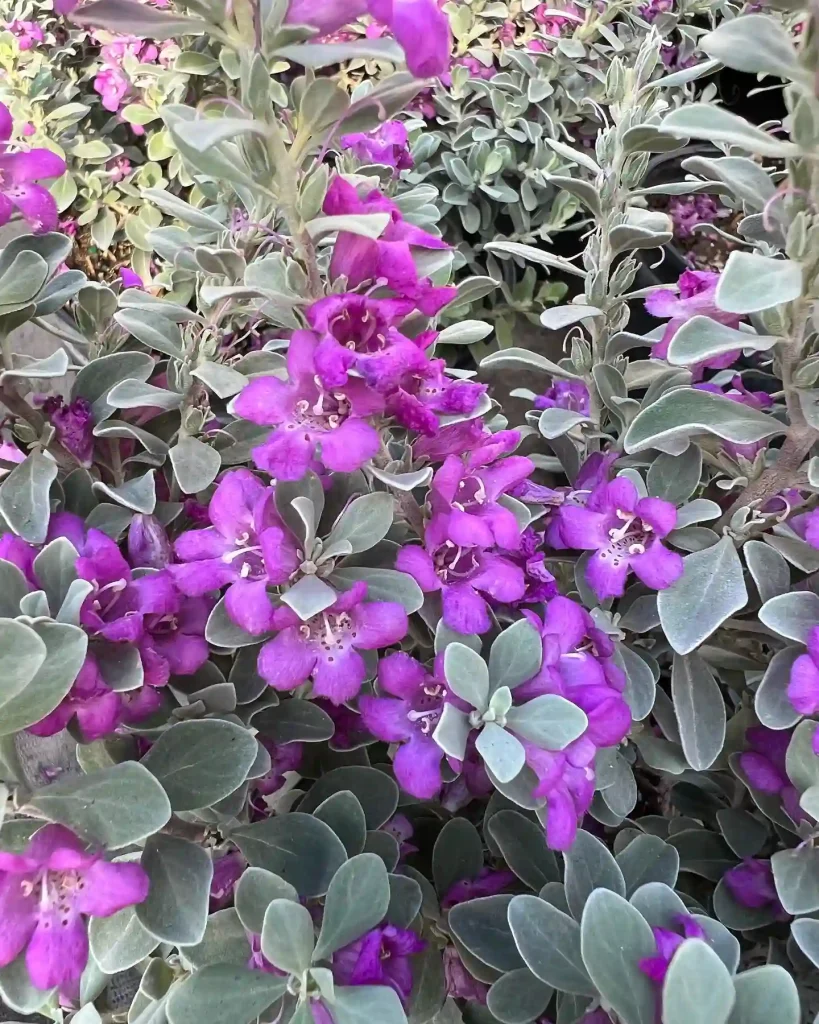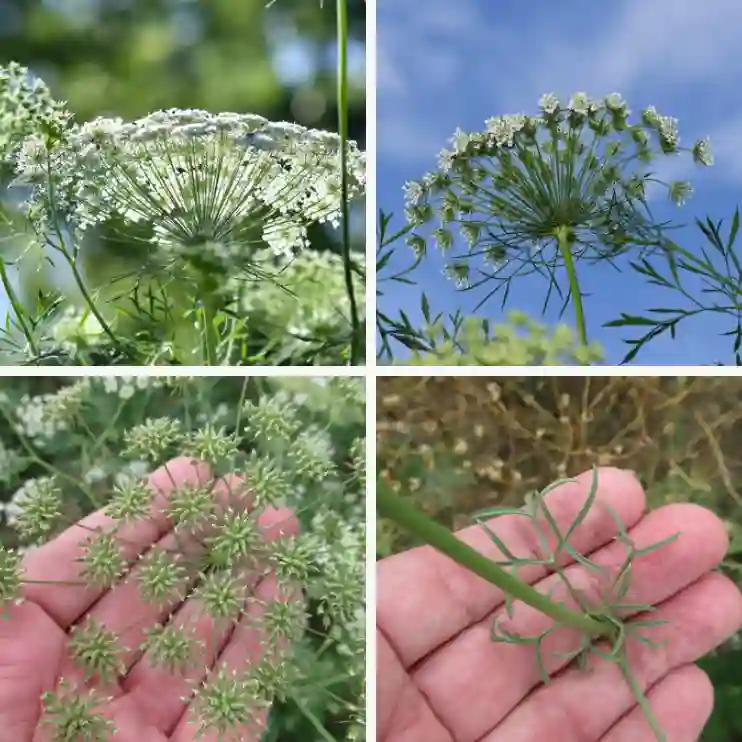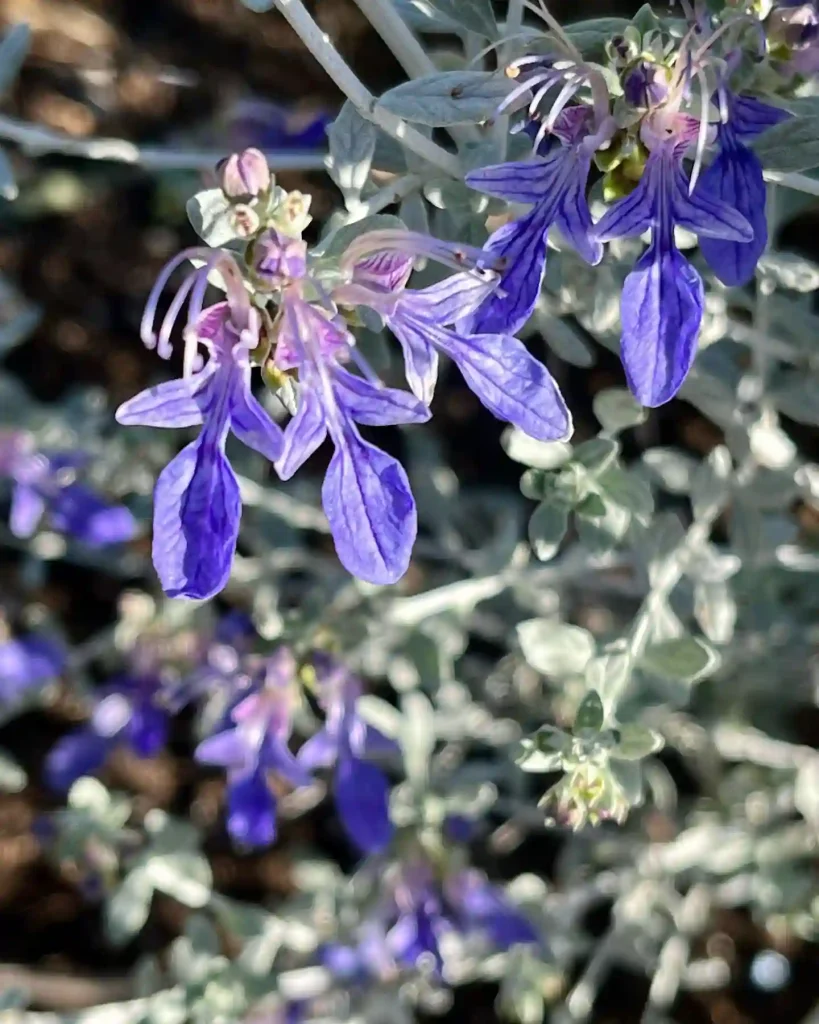FAQs of Aloe Polyphylla
As a plant enthusiast, I’ve had my fair share of experience with Aloe Polyphylla, also known as the Spiral Aloe. This striking succulent is known for its mesmerizing spiral pattern and unique growth habits. If you’re considering adding Aloe Polyphylla to your collection, you might have some common questions. Here’s everything you need to know based on my personal experiences.
605 Species in Genus Aloe
What Is Aloe Polyphylla?
Aloe Polyphylla is a fascinating succulent native to the highlands of Lesotho in Southern Africa. Its most remarkable feature is its spiral rosette formation, which makes it a standout in any plant collection. The leaves of Aloe Polyphylla are triangular and arranged in a spiral pattern, giving the plant its signature look. It’s a hardy plant but requires specific care to thrive.
How to Grow Aloe Polyphylla from Seed?
Growing Aloe Polyphylla from seed can be an exciting challenge. Here’s a step-by-step guide based on my own experience:
- Obtain Seeds: First, you need to find seeds. I usually source mine from reputable online sellers or specialized plant nurseries.
- Preparation: Start by preparing a well-draining seed-starting mix. A combination of cactus soil and perlite works well.
- Sowing Seeds: Sprinkle the seeds on the surface of the soil. Aloe Polyphylla seeds need light to germinate, so don’t cover them with soil. Gently press them into the mix.
- Watering: Lightly water the seeds with a spray bottle to moisten the soil without making it soggy.
- Temperature and Light: Place the container in a warm, bright location. Seeds need warmth and light to germinate, so a sunny windowsill or under grow lights is ideal.
- Germination: Seeds typically take a few weeks to germinate. Be patient and keep the soil lightly moist.
Where to Buy Aloe Polyphylla Plants?
If you’re looking to buy Aloe Polyphylla plants, there are several options. I recommend checking out:
- Specialty Nurseries: Many nurseries specialize in succulents and may have Aloe Polyphylla available.
- Online Retailers: Websites like Etsy and eBay often have sellers offering Aloe Polyphylla. Make sure to check reviews and ratings before purchasing.
- Plant Shows and Expos: These events can be a great place to find unique plants, including Aloe Polyphylla.
How to Care for Aloe Polyphylla?
Proper care is crucial for keeping Aloe Polyphylla healthy. Here’s what I’ve learned:
- Watering: Aloe Polyphylla is drought-tolerant and prefers infrequent watering. Allow the soil to dry out completely between waterings. Overwatering can lead to root rot.
- Light: It thrives in bright, indirect light. A sunny windowsill or under a grow light works well. Avoid direct, harsh sunlight, which can scorch the leaves.
- Soil: Use a well-draining soil mix, such as a cactus or succulent blend. Good drainage is essential to prevent root rot.
- Temperature: Aloe Polyphylla prefers temperatures between 60-80°F (15-27°C). It can tolerate cooler temperatures but should be protected from frost.
How to Propagate Aloe Polyphylla?
Propagating Aloe Polyphylla can be done through offsets, also known as pups. Here’s how:
- Remove Offsets: Gently remove the offsets from the base of the parent plant. Ensure each offset has some roots.
- Let Them Dry: Allow the offsets to dry for a few days to callous over before planting.
- Planting: Plant the offsets in a well-draining soil mix. Water lightly after planting and keep the soil just moist until new growth appears.
- Care: Follow the same care guidelines as for adult plants, ensuring bright light and infrequent watering.
Does Aloe Polyphylla Have Seeds?
Yes, Aloe Polyphylla does produce seeds, though they are not always easy to find. The plant flowers in late winter or early spring, producing small, tubular flowers that can develop into seeds. These seeds can be collected and used for propagation, as described earlier.
How Long Before Aloe Polyphylla Starts to Spiral?
One of the most common questions I get is about the spiral formation. Aloe Polyphylla typically begins to form its spiral pattern after a few years of growth. It can take around 2-3 years for the plant to develop noticeable spirals, depending on growing conditions.
Common Problems and Solutions
1. Leaf Drop: If your Aloe Polyphylla’s leaves are dropping, it could be due to overwatering. Ensure the soil dries out completely between waterings.
2. Sunburn: Brown or scorched leaves may indicate too much direct sunlight. Move the plant to a location with bright, indirect light.
3. Root Rot: Yellowing leaves and mushy roots are signs of root rot. Check the soil for adequate drainage and reduce watering frequency.
Can You Grow Aloe Polyphylla Indoors?
Yes, Aloe Polyphylla can be grown indoors, especially if you provide it with bright, indirect light and a well-draining soil mix. It’s a great addition to indoor plant collections due to its unique appearance and relatively easy care requirements.
Is Aloe Polyphylla Toxic?
Aloe Polyphylla is generally considered non-toxic to humans and pets. However, as with many succulents, it’s always a good idea to keep it out of reach of small children and animals, just to be safe.
Aloe Polyphylla is a unique and rewarding plant to grow, with its spiral rosette making it a standout in any collection. Whether you’re starting from seed or buying a mature plant, proper care and patience will help you enjoy this stunning succulent for years to come.
If i die, water my plants!



